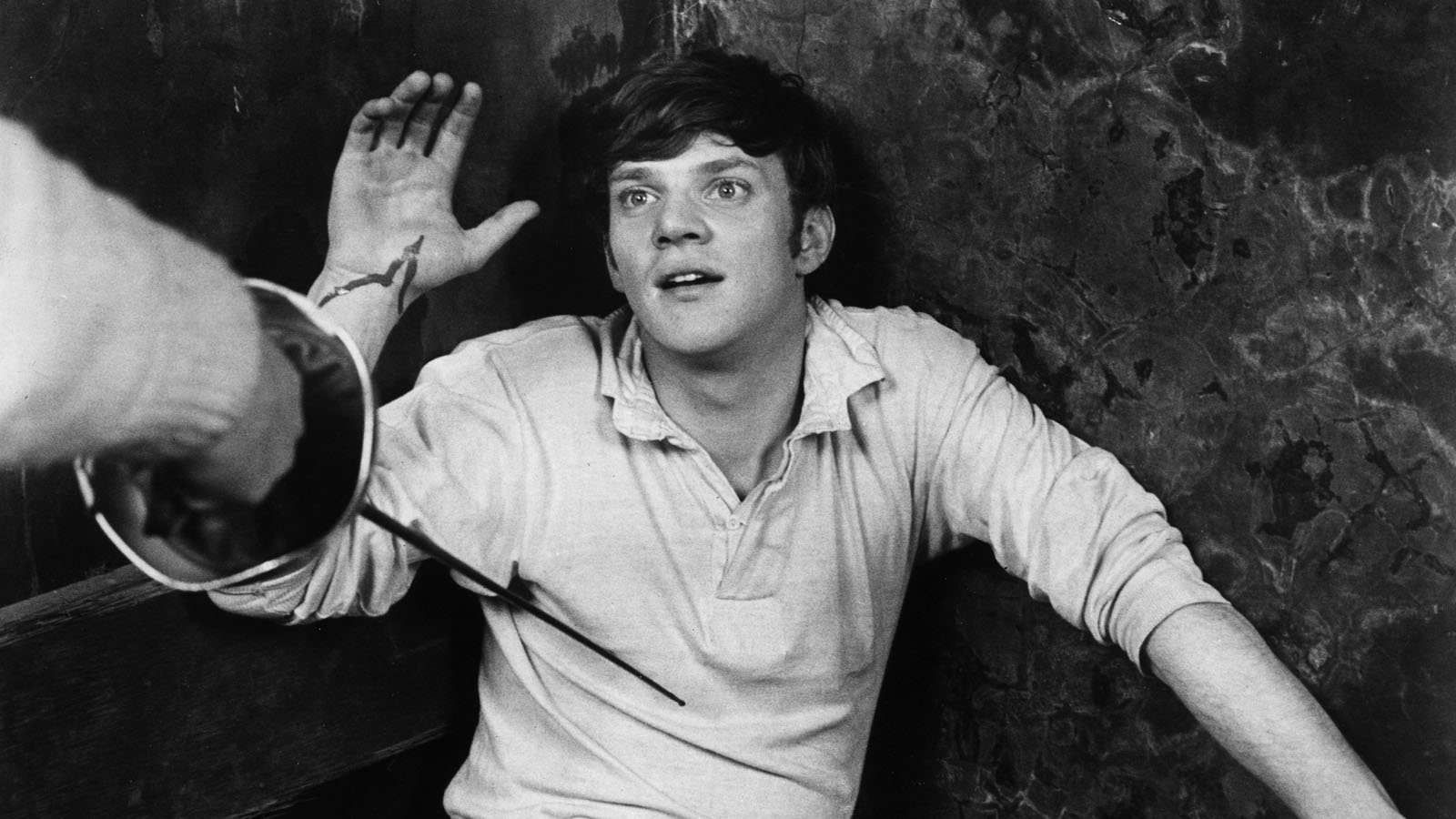Ages of Rebellion

Pierre Lhomme, the great cinematographer whose career spanned from the beginnings of the French New Wave to a close collaboration with James Ivory that lasted into the early 2000s, passed away yesterday at the age of eighty-nine. Among the directors Lhomme worked with are William Klein (Mr. Freedom, 1968), Philippe de Broca (King of Hearts, 1967), Jean-Pierre Melville (Army of Shadows, 1969), Robert Bresson (Four Nights of a Dreamer, 1971), Jean Eustache (The Mother and the Whore, 1973), Dušan Makavejev (Sweet Movie, 1974), Patrice Chéreau (The Flesh of the Orchid, 1975), and Volker Schlöndorff (Voyager, 1991).
In the spring of 1962, Lhomme and Chris Marker began interviewing Parisians on the street, and the result became Le joli mai (1963), a snapshot of the national mood as French colonialism was coming to an end. As a restoration toured cinemas around the world in 2013, Lhomme spoke to critic and historian Jean-Michel Frodon. “When I came to see the first distribution print,” he recalled, “I discovered on the screen that I had become co-director. You can imagine my emotion . . . That affected my entire approach; after having worked with a man of that quality, you become more demanding of others.”
This week’s highlights:
- At the end of 1968, right around Christmastime, Lindsay Anderson’s If...., which culminates with an uprising at an English boarding school, became an unlikely hit in the UK. Writing for the Los Angeles Review of Books, Alex Harvey tells the story of the film’s making, a tale of setbacks and triumphs—producers fleeing, the late Albert Finney swooping in and saving the day, and a miserable premiere screening in Cannes, followed by the festival’s top prize. Harvey notes that in his “candid, witty memoir,” Going Mad in Hollywood, screenwriter David Sherwin recalls rewatching Jean Vigo’s Zero for Conduct (1933) with Anderson “not for its anarchistic spirit (we had plenty of our own) but for Vigo’s poetic method, episodic, fragmentary, charged.” For Harvey, If.... “manages to hover between satire and belief, naturalism and expressionistic dreamscapes, a permanent document of revolt.”
- In the summer of 1991, Karen Grigsby Bates spoke with Spike Lee, the late John Singleton, and a handful of other black filmmakers who were on the rise at the time for a New York Times Magazine cover story, “They’ve Gotta Have Us.” This week, the Times’ Reggie Ugwu has brought together six directors “who were part of a wave of young black talent that surged thirty years ago this month—beginning with the success of Do the Right Thing in July 1989—only to come crashing down, as Hollywood in the 1990s and 2000s reconstituted itself around films with white directors and white casts.” Many of these filmmakers’ stories are depressingly similar, but here’s the upside: They all agree with Julie Dash, director of Daughters of the Dust (1991), who argues that prominent black filmmakers working today such as Barry Jenkins, Ava DuVernay, and Terence Nance are “not only wildly creative, they’re courageous.” They’re here to stay.
- For nearly three hours, Quentin Tarantino talks with the hosts of the Pure Cinema Podcast and members of the staff at the New Beverly Cinema, the repertory theater in Los Angeles that he owns and programs, about this month’s schedule of (mostly) double features projected from the best 35 mm and 16 mm prints available—many of them from Tarantino’s own collection. July’s program is devoted to the westerns, comedies, spy thrillers, and grindhouse features that have informed Tarantino’s ninth feature, Once Upon a Time . . . in Hollywood. Everyone gathered around the microphones on this episode has a lot of fun talking about movies.
- David Lynch at Home, a program at Manchester’s arts center encompassing exhibitions of painting and sculpture, musical performances, talks, and of course, screenings, has prompted the Guardian’s Killian Fox to chat with the artist about some of his favorite films—8½, The Wizard of Oz, Sunset Boulevard—and the state of the world. “I feel we’ve been in very dark times and much better times are coming,” Lynch tells Fox. As for his own work, “there’s absolutely no message, no steering anyone any which way.”
- London’s BFI Southbank is currently presenting a season devoted to the golden age of Mexican cinema, which spanned from about the mid-1930s to the mid-1960s. In her primer on the period for Sight & Sound, Chloe Roddick argues that the films of Julio Bracho “are key to understanding the emergence of the film noir genre in Mexico.” As it happens, two of Bracho’s works will be screened in Berkeley in the coming weeks. Rosenda (1948) is “Bracho’s best-loved movie,” as J. Hoberman noted in a piece for Artforum in 2017, and The Shadow of the Tyrant (1960) tackles the political power struggles that followed the Mexican Revolution. “With a sort of hypnotized despair,” wrote Hoberman, “Bracho chronicles a story of torture, murder, and multiple betrayals that, as a political thriller, is comparable to Costa-Gavras if not Francesco Rosi.”
For news and items of interest throughout the day, every day, follow @CriterionDaily.



